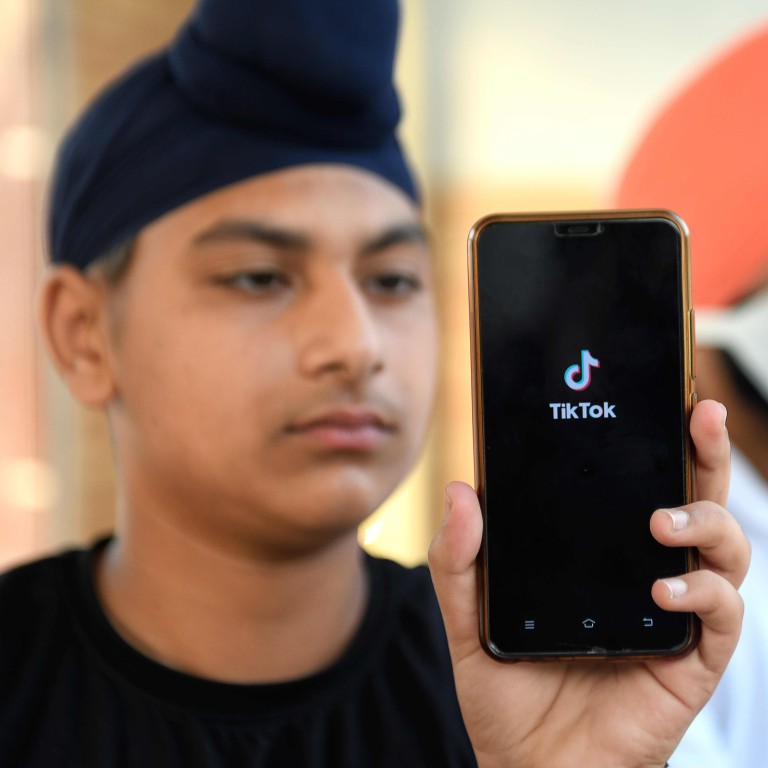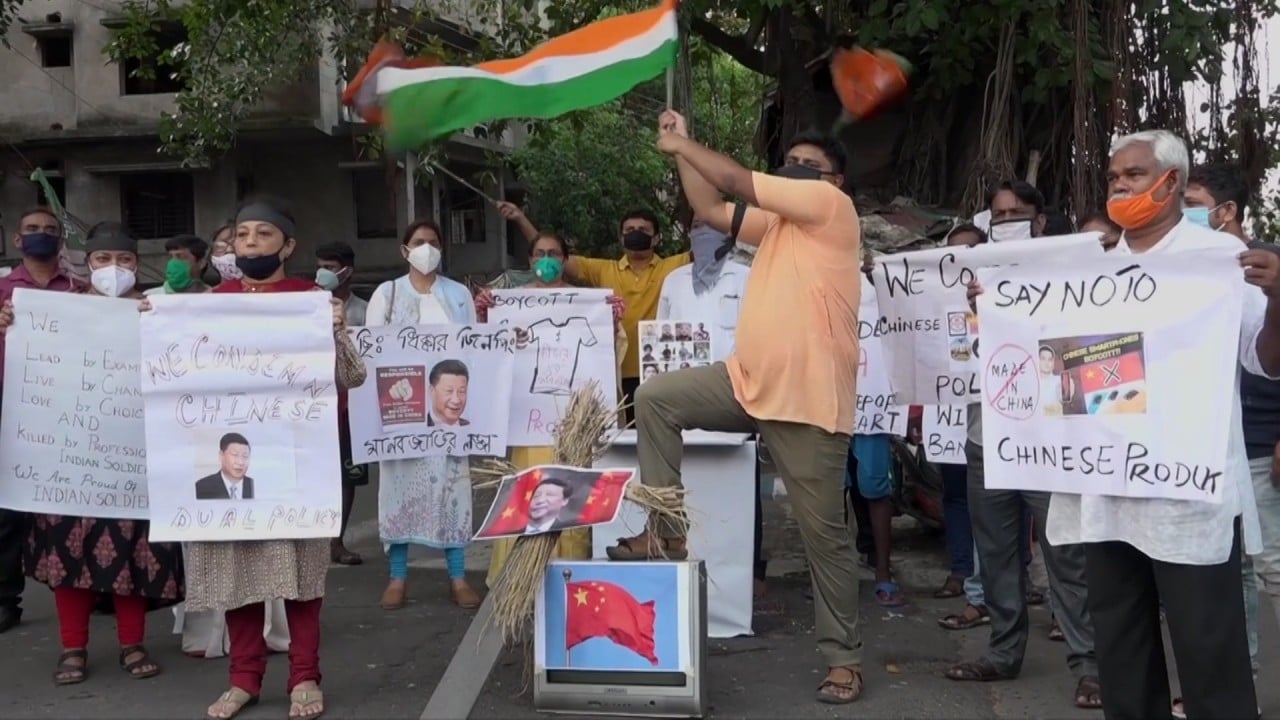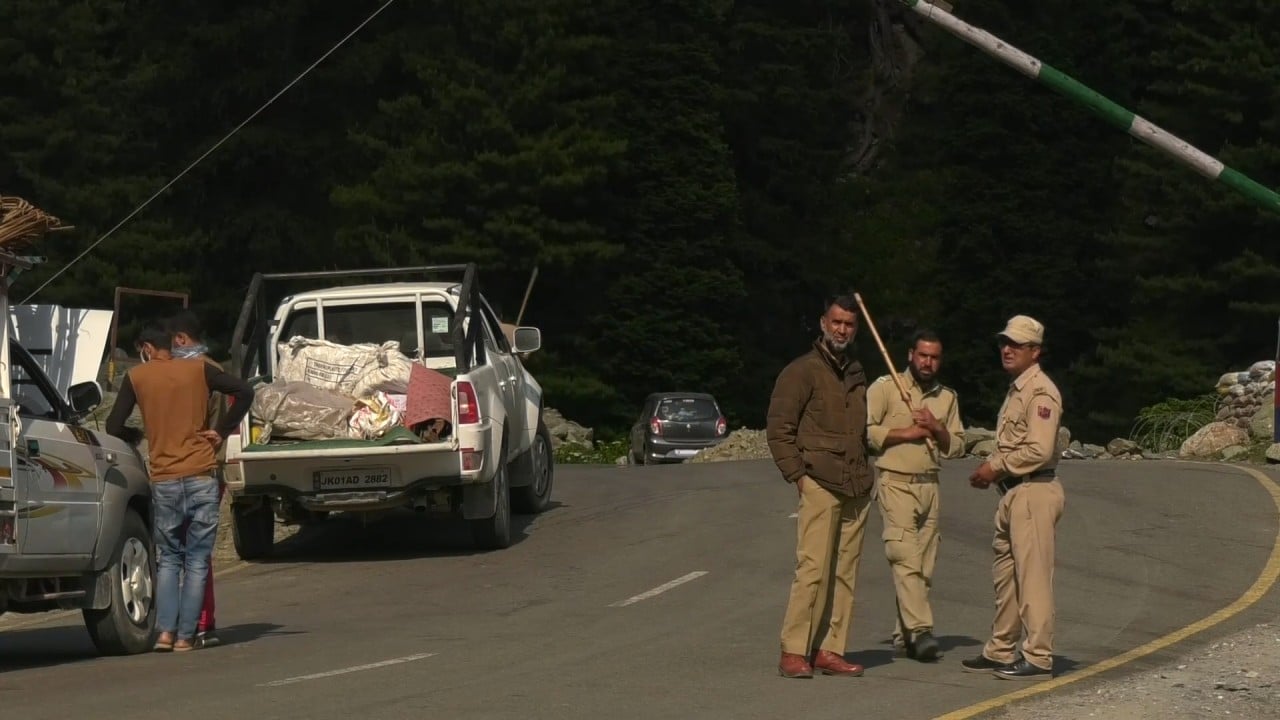
After India bans China’s TikTok, border row ‘could weaponise phones and pharma’
- Trade between the neighbours was already declining before recent border clashes
- Chinese presence in Indian supply chains could be targeted by tariffs and other measures
India has stepped up its action against Chinese trade and investment since deadly clashes left 20 Indian soldiers dead last month.

03:08
India bans dozens of Chinese apps, including TikTok and WeChat, after deadly border clash
Trade between the two countries is lopsided in China’s favour: India ran a record US$58 billion trade deficit with China in 2018.
But even with Modi’s push to promote “Made in India” India’s trade deficit was US$56.77 billion in 2019, according to Chinese government figures.
As early as January, India media were reporting that New Delhi was considering tariffs on 300 products worth about US$127 billion. So far only small measures have been taken: for example, India last week put limited duties on some imported steel and aluminium products from China and other countries.
With the border conflict continuing, analysts expected tariff and non-tariff measures targeting strategic industries such as chemicals, electronics, heavy machinery and pharmaceuticals to come into play.
China is the biggest exporter to India and accounted for 14 per cent of imports in 2019. Among the biggest imports from China are electrical machinery, sound equipment, television equipment and components and nuclear reactors, according to the website of the Indian embassy in Beijing.
China is also India’s third-largest export market, accounting for 5.3 per cent of its exports. Major exports include raw materials such as organic chemicals, ores, natural pearls, precious stones and metals. India by contrast is China’s seventh-largest export market, buying 3 per cent of China’s total exports.

01:58
Indians call for boycott of Chinese goods after deadly border clash with China
“Even though China’s and India’s economies are not that interconnected, China is integrated into India’s supply chain in auto parts and pharmaceuticals – but not the other way around,” Yu Liuqing, a Singapore-based analyst for the Economist Intelligence Unit (EIU), said.
Ujas Shah, another EIU research analyst based in India, said: “India has a large domestic industry for low-cost pharmaceutical manufacturing, but is highly dependent on ingredients from China.
Electronics, which account for the biggest share of India’s imports from China, may also be targeted. Last year, about 35 per cent of India’s electronic imports came from China – worth US$33.8 billion, although that was down 8.6 per cent from the previous year, according to Chinese government statistics.
“Mobile phones make up the largest share of electronic imports, and could be a likely candidate for an increase in tariff by India, especially because the Indian government is interested in making the country a hub for mobile phone production and has unveiled policies to incentivise that,” Shah said.

01:59
Death toll rises to 20 in border clash between India and China
Trade between China and India was already declining before the pandemic hammered global trade and border tensions escalated. India-China trade grew by only 2.5 per cent in 2018, and fell by 7.5 per cent in 2019.
India’s imports from China were valued at US$65.3 billion in the year to March 2020, a decline of 7 per cent compared with a year earlier, according to the latest figures from the Indian government.
India attributed the trade imbalance to the narrow basket of commodities it could offer. However,it also blamed China for trade barriers for goods with which India had a competitive edge, such as pharmaceuticals and IT services, according to the Indian embassy in Beijing.
“Our predominant exports have consisted of cotton, copper and diamonds/natural gems. Over time, these raw material-based commodities have been overshadowed by Chinese exports of machinery, power-related equipment, telecoms, organic chemicals, and fertilisers,” the embassy said.
“China doesn’t buy much from India, and addressing our trade imbalance has always been a grievance for us,” Joe Thomas Karackattu, a researcher of China-India relations at the Indian Institute of Technology in Chennai, said.
Switching suppliers for components is not easy. Karackattu said slapping tariffs on imports from China, or sourcing from other countries, could pass costs on to consumers, because businesses would be forced to raise prices, and could put India in a bind.
India’s Chinese app ban mirrors China’s own policies
“In the medium to long term, we would need to seriously evaluate whether these options were desirable on economic grounds,” Karackattu said.
“The overall impact of measures taken so far by India will be clearer by around early 2021 and will depend on factors such as the status of border disputes, the ability to control the pandemic and domestic economic conditions,” said Koushan Das, an assistant manager at professional services firm Dezan Shira & Associates, in New Delhi.

